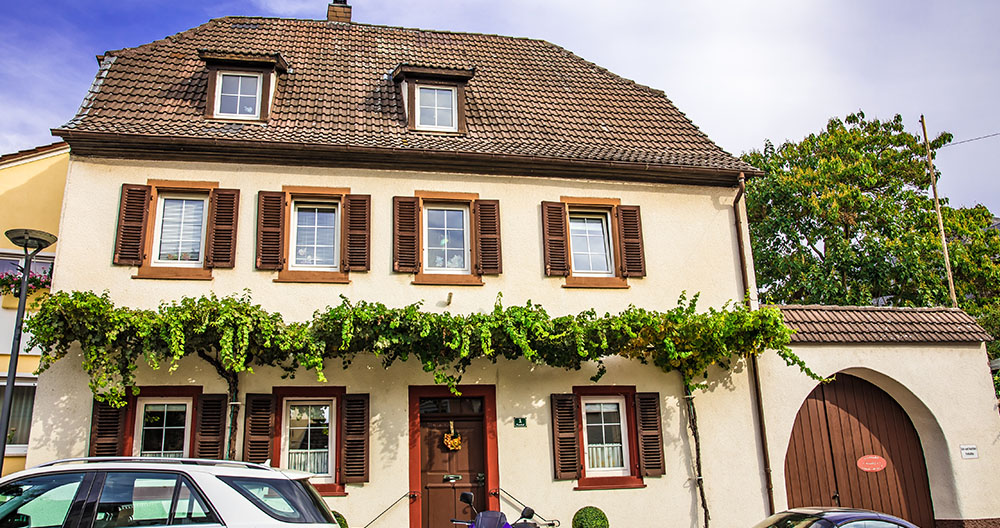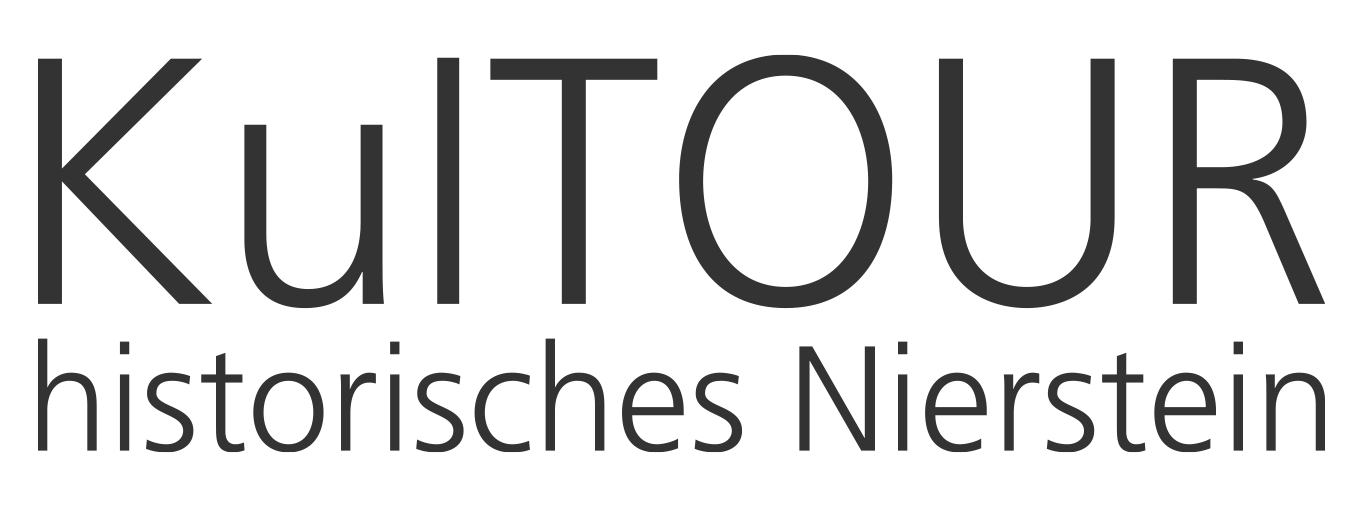

In the 18th century this building used to be Nierstein’s “Reformed School”.
Other than the name suggests, it has nothing to do with “the German Reformschule” which promotes the idea of small class sizes in large rooms, learning by discovery, child appropriate methods and so on. No, the children that went to school here during the 1750s were probably treated just as strictly as usual back then. So: “Sit straight! Keep still! Get the slates out!”
SFX: Children say: “Oh no!”
The name “Reformed” school derives from the “Protestant Reformed Church”, related to those Protestants who strictly adhered to the teachings of Calvin and Zwingli – and who also raised their children respectively. The Reformed Protestants were in favor of a strict ban on images in churches, for instance. All attention should be paid to the word (!) of God. If a congregation converted to the Reformed confession, pictures and statues s were often removed from the churches with brute force. Decorated baptismal fonts were torn out and used as flower pots. The altar was no longer the sanctuary of a church, it simply served as a table.
The countercurrent of the Reformed branch in the Protestant Church was the Lutheran Church, which related to Martin Luther’s teaching. There was also a Lutheran schoolhouse in Nierstein, located on the Rheinstrasse. It is a stop of our “Nierstein Tour 2” starting from the Town House.
Our next stop is right next door: the old forge – the building with the wooden porch.



In the 18th century this building used to be Nierstein’s “Reformed School”.
Other than the name suggests, it has nothing to do with “the German Reformschule” which promotes the idea of small class sizes in large rooms, learning by discovery, child appropriate methods and so on. No, the children that went to school here during the 1750s were probably treated just as strictly as usual back then. So: “Sit straight! Keep still! Get the slates out!”
SFX: Children say: “Oh no!”
The name “Reformed” school derives from the “Protestant Reformed Church”, related to those Protestants who strictly adhered to the teachings of Calvin and Zwingli – and who also raised their children respectively. The Reformed Protestants were in favor of a strict ban on images in churches, for instance. All attention should be paid to the word (!) of God. If a congregation converted to the Reformed confession, pictures and statues s were often removed from the churches with brute force. Decorated baptismal fonts were torn out and used as flower pots. The altar was no longer the sanctuary of a church, it simply served as a table.
The countercurrent of the Reformed branch in the Protestant Church was the Lutheran Church, which related to Martin Luther’s teaching. There was also a Lutheran schoolhouse in Nierstein, located on the Rheinstrasse. It is a stop of our “Nierstein Tour 2” starting from the Town House.
Our next stop is right next door: the old forge – the building with the wooden porch.


